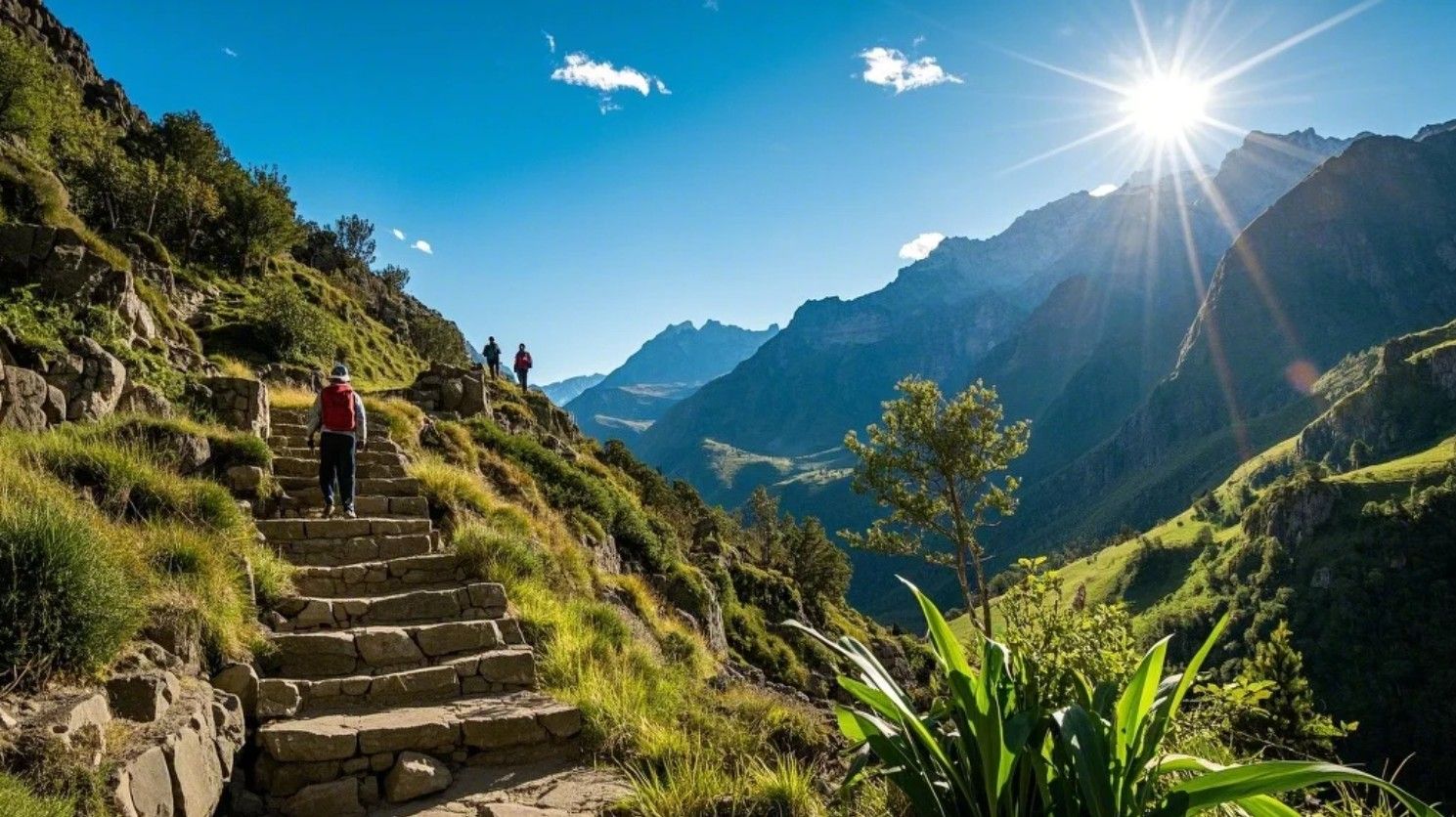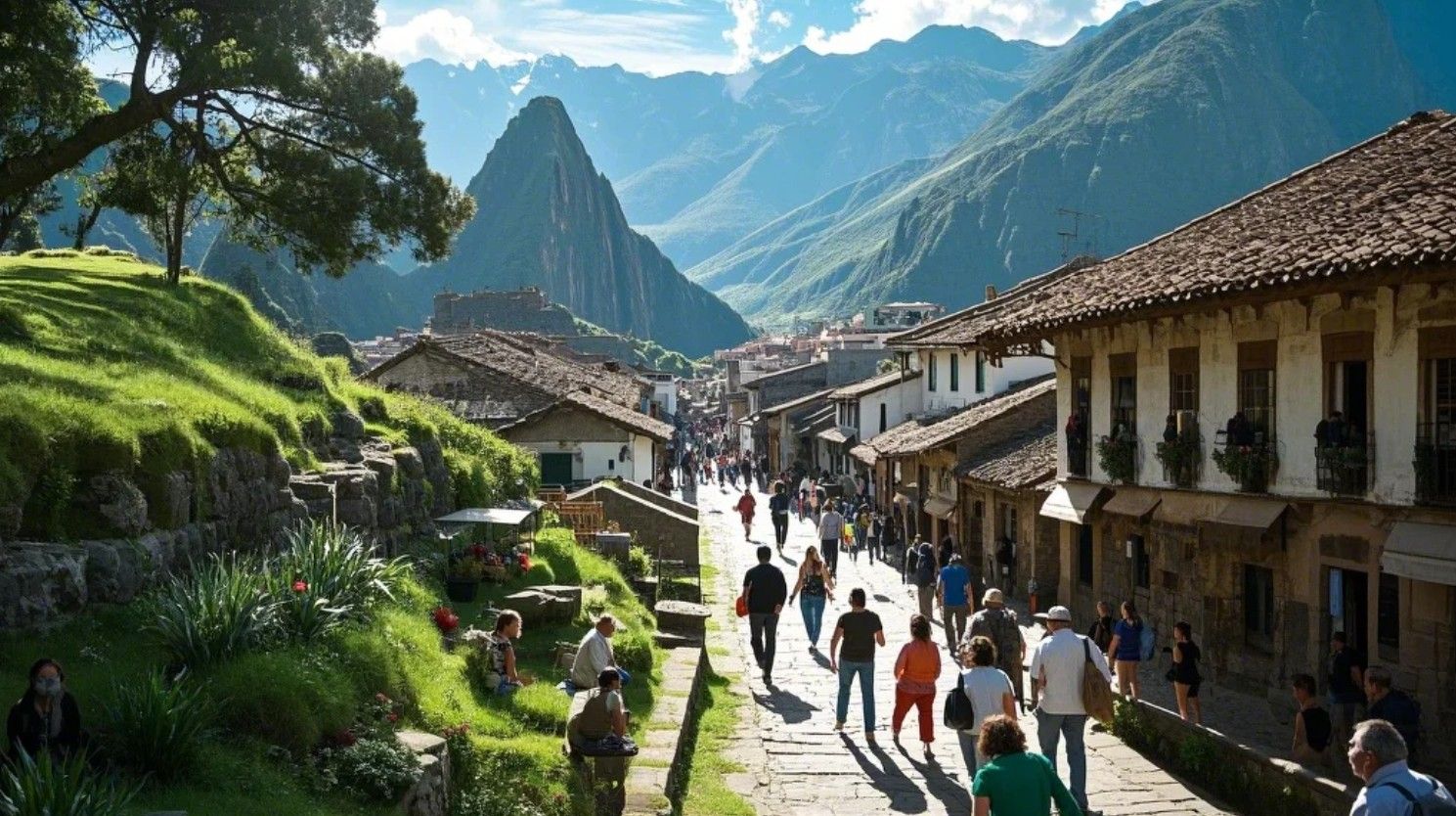Best Time to Visit Machu Picchu and How to Get There
| Machu Picchu, the ancient Incan citadel perched high in the Andes Mountains of Peru, is one of the world’s most iconic and awe-inspiring destinations. Whether you’re drawn by its historical significance, stunning architecture, or breathtaking mountain views, planning your visit requires careful consideration of timing and logistics. This guide will help you determine the best time to visit Machu Picchu and provide detailed information on how to get there, ensuring an unforgettable journey. Best Time to Visit Machu Picchu The timing of your visit to Machu Picchu can significantly impact your experience. Here’s a breakdown of the seasons and what to expect:  1. Dry Season (April to October) The dry season is the most popular time to visit Machu Picchu, offering clear skies, sunny days, and minimal rainfall. This is ideal for hiking, photography, and exploring the ruins without weather-related disruptions. Peak Months: June to August are the busiest, with large crowds and higher prices for accommodations and tours. Shoulder Months: April, May, September, and October are excellent alternatives, offering pleasant weather and fewer tourists. Pro Tip: If you’re planning to hike the Inca Trail, book permits 6–8 months in advance, especially for peak months. 2. Wet Season (November to March) The wet season brings rainy weather and lush, green landscapes, but it also means fewer crowds and lower prices. While the rain can make hiking more challenging, it also creates a mystical atmosphere around the ruins. Peak Rainfall: January and February are the wettest months, with some trails (like the Inca Trail) closed for maintenance. Shoulder Months: November, December, and March offer a balance of manageable weather and fewer visitors. Pro Tip: Pack waterproof gear and be prepared for sudden rain showers during the wet season. 3. Special Considerations June 24: The Inti Raymi (Festival of the Sun) is celebrated in Cusco, attracting many visitors. While it’s a vibrant cultural experience, it can also mean crowded conditions. December 21: The winter solstice is a significant date for Machu Picchu, as the sun aligns perfectly with the Temple of the Sun. Pro Tip: Visit Machu Picchu early in the morning or late in the afternoon to avoid the midday crowds, regardless of the season. How to Get to Machu Picchu Reaching Machu Picchu is an adventure in itself, requiring a combination of flights, trains, and sometimes hiking. Here’s a step-by-step guide to getting there: 1. Fly to Lima, Peru Most international travelers begin their journey by flying into Jorge Chávez International Airport (LIM) in Lima, Peru’s capital. From there, you have two options to reach Cusco, the gateway to Machu Picchu: Option 1: Take a domestic flight from Lima to Alejandro Velasco Astete International Airport (CUZ) in Cusco. The flight takes about 1.5 hours. Option 2: Take a bus from Lima to Cusco, which takes around 20–24 hours. While cheaper, this option is less comfortable and time-consuming. Pro Tip: Spend a day or two in Cusco to acclimate to the altitude (3,400 meters/11,150 feet) before heading to Machu Picchu. 2. Travel from Cusco to Aguas Calientes Aguas Calientes (also known as Machu Picchu Pueblo) is the town at the base of Machu Picchu. There are two main ways to get there from Cusco: By Train: The most popular and scenic option. PeruRail and Inca Rail offer several daily departures from Cusco (or the nearby town of Ollantaytambo) to Aguas Calientes. The journey takes 3–4 hours and offers stunning views of the Andean landscape. By Hiking: For adventurous travelers, the Inca Trail is a legendary 4-day trek that ends at Machu Picchu. Alternatively, the Salkantay Trek or Lares Trek offers less crowded but equally rewarding routes. Pro Tip: If you’re short on time, take the train from Ollantaytambo instead of Cusco to save time. 3. Reach Machu Picchu from Aguas Calientes From Aguas Calientes, you have two options to reach the entrance of Machu Picchu: By Bus: Buses depart regularly from Aguas Calientes to the Machu Picchu entrance. The ride takes 20–30 minutes and costs around **$12 one way**. By Hiking: For the physically fit, a 1.5–2 hour hike up steep stone stairs leads to the entrance. This is a free but strenuous option. Pro Tip: If you’re taking the bus, arrive early to avoid long lines, especially during peak season. Tips for Visiting Machu Picchu To make the most of your visit, keep these tips in mind: 1. Buy Tickets in Advance Machu Picchu has a daily visitor limit, and tickets often sell out, especially during peak season. Purchase your tickets at least 3–4 months in advance through the official government website or authorized vendors. Pro Tip: Consider adding Huayna Picchu or Machu Picchu Mountain to your ticket for breathtaking views of the ruins. These hikes require separate permits and sell out quickly. 2. Hire a Guide While exploring Machu Picchu on your own is possible, hiring a licensed guide can enhance your experience by providing historical and cultural context. Guides are available at the entrance or can be arranged in advance. Pro Tip: If you’re on a budget, join a group tour to split the cost of a guide. 3. Pack Smart Essentials: Bring your passport, ticket, and cash (there are no ATMs at Machu Picchu). Clothing: Dress in layers, as temperatures can vary throughout the day. Wear sturdy, comfortable shoes for walking on uneven terrain. Supplies: Carry water, snacks, sunscreen, a hat, and insect repellent. Pro Tip: Leave large backpacks behind, as they’re not allowed inside the ruins. Small daypacks are permitted. 4. Respect the Site Machu Picchu is a UNESCO World Heritage Site and a sacred place for the local community. Follow all rules, stay on designated paths, and avoid touching or climbing on the ruins.  Pro Tip: Use the restroom before entering the site, as there are no facilities inside. Alternative Routes to Machu Picchu If you’re looking for a unique experience, consider these alternative routes: Inca Jungle Trek: A combination of biking, hiking, and ziplining that ends at Machu Picchu. Luxury Train: The Belmond Hiram Bingham offers a luxurious train journey from Cusco to Machu Picchu, complete with gourmet meals and live music. Choquequirao Trek: A challenging trek to the lesser-known Incan ruins of Choquequirao, followed by a journey to Machu Picchu. Pro Tip: These alternatives are perfect for travelers seeking adventure or a more exclusive experience. Conclusion Visiting Machu Picchu is a once-in-a-lifetime experience that requires careful planning and preparation. By choosing the best time to visit and understanding how to get there, you can make the most of your journey to this ancient wonder. Whether you’re hiking the Inca Trail, taking a scenic train ride, or exploring alternative routes, Machu Picchu promises to leave you in awe of its beauty and history. So pack your bags, book your tickets, and get ready to embark on an unforgettable adventure to the heart of the Andes! |
wendy
|
2025.03.21




